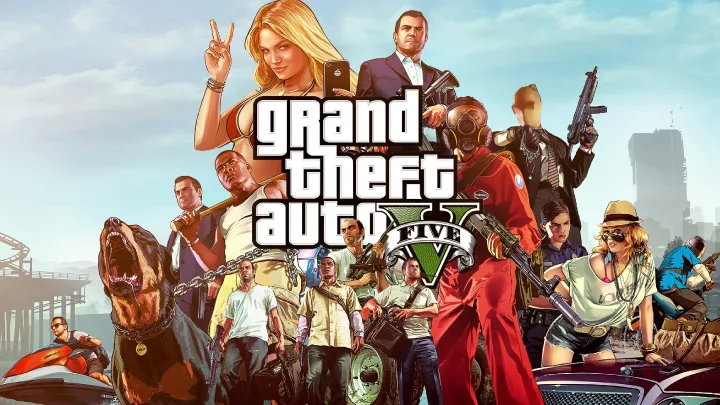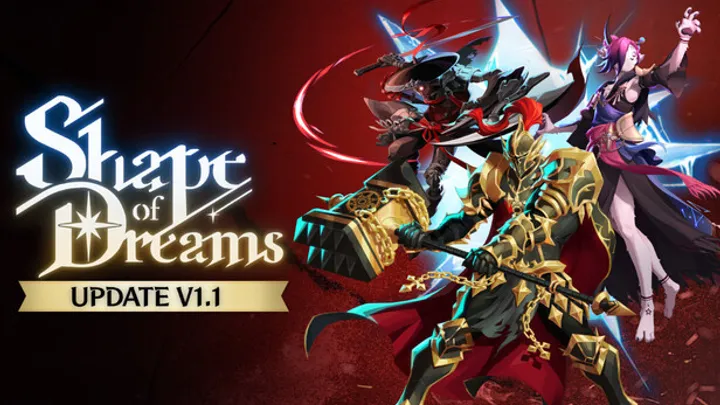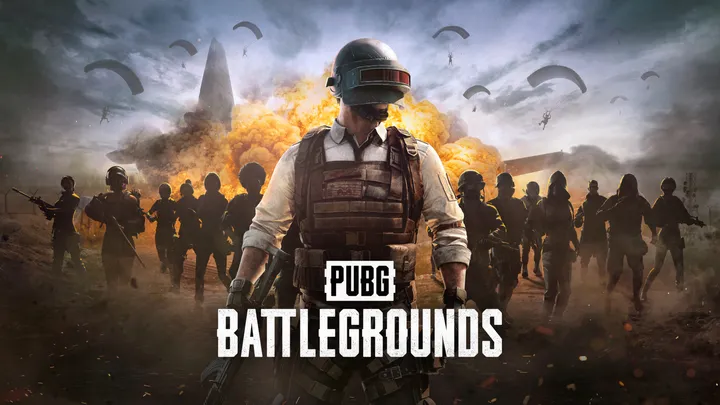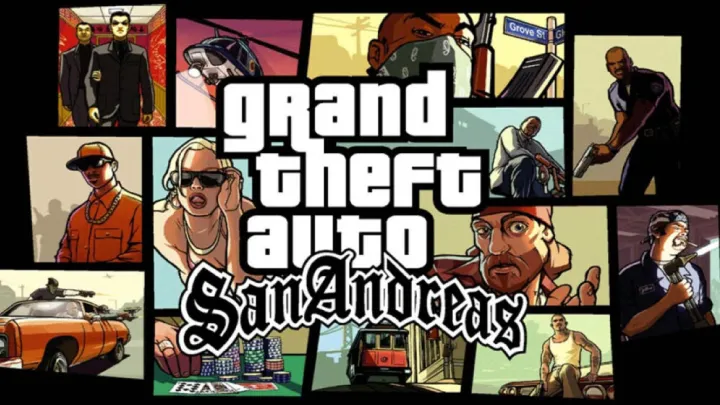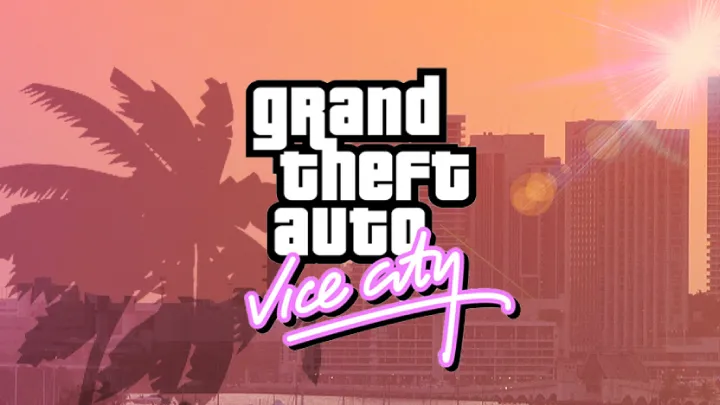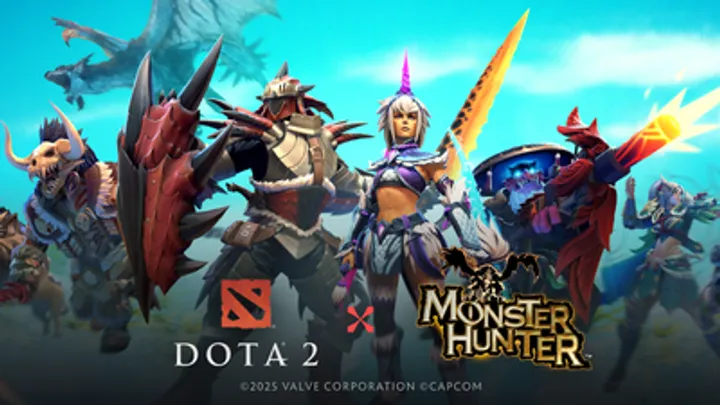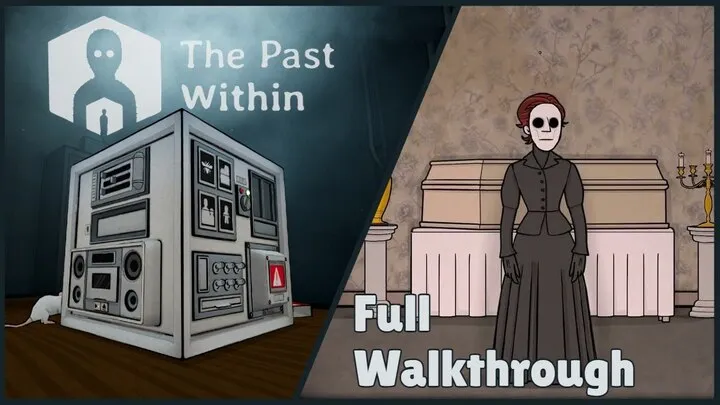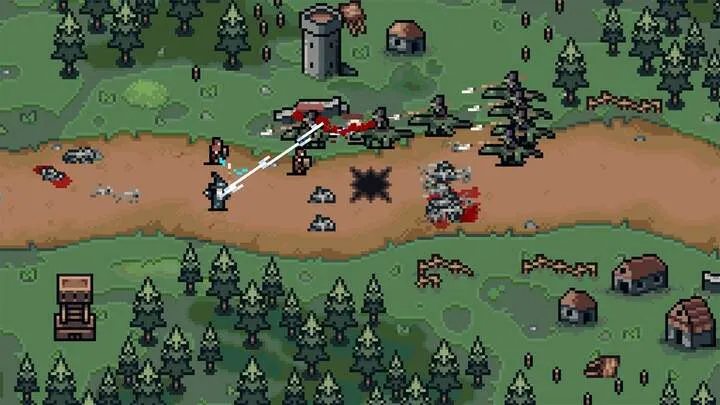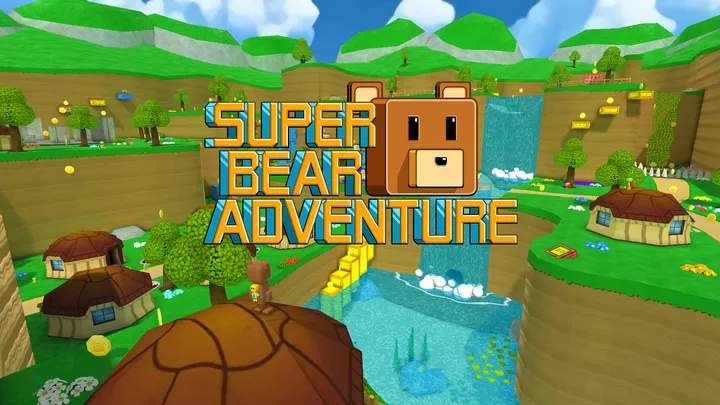Introduction
Grand Theft Auto V isn't simply a game; it is an economic, social, and cultural document of the 21st century. It takes the familiar chaotic sandbox of its predecessors and expands it into a living, breathing world, teeming with meticulous detail and a biting, satirical wit. The world of San Andreas is a meticulously crafted digital mirror, reflecting the ambitions, anxieties, and absurdities of our own reality. This review will delve into how the game's world-building transcends traditional gameplay, seamlessly incorporating and parodying a vast array of real-world industries and lifestyles, from Motor Vehicles (New) to Investment Services, creating a profound and unforgettable experience.
The Engine of Los Santos' Economy
The beating heart of GTA V is its ruthless and rewarding economic system. It's a world where Business Financial Services aren't just for show—they're the key to power. The in-game stock market, a cornerstone of both the single-player narrative and the online world, serves as a surprisingly realistic representation of modern finance. Players who are aspiring Avid Investors can use their in-game Credit Cards to buy and sell stocks, leveraging market manipulation to accumulate fortunes. This is a game where taking out Business Loans to fund a new enterprise or a significant Personal Loan for a major purchase is not only possible but often necessary. Even the act of protecting your in-game earnings feels like using a real-world Health Insurance policy—it's a critical safety net against losses. The satirical parody of Banks Online allows you to manage your criminal fortunes with surprising ease.
The game’s real estate market is a grand, high-stakes game in its own right. As your criminal empire grows, your assets can include multiple Residential Properties (For Sale), each a tangible sign of your progress. The process of acquiring a new safehouse or a lavish mansion feels like applying for a Home Purchase Loan or a substantial Mortgage, a commitment to a new lifestyle. The game also features a variety of commercial and residential options, from massive Commercial Properties to more humble Apartments (For Sale). For the player who prefers a nomadic lifestyle, a few of the homes are listed as Residential Properties (For Rent), a convenient option for temporary living. This level of detail makes you feel like a genuine player in the city's real estate market, a stark contrast to the fleeting chaos on the streets.
The Social Fabric of San Andreas
GTA V’s brilliance lies in its ability to simulate the social and professional aspects of our world. The grand heists are a perfect example of this. You must meticulously plan every step, a process that mirrors the challenges of Corporate Event Planning, and then use a form of Staffing & Recruitment Services to hire the perfect crew. The masterminds behind these operations are essentially managing complex Executive & Management Jobs. The game even includes a nod to the legal world, as characters frequently deal with legal fallout. You'll find yourself in situations where a good Lawyer or Attorney could resolve a matter, and the entire system of arrests and penalties serves as the game's satirical take on the real-world Legal system. The world even pokes fun at the bureaucracy of it all, with side missions that feel like a virtual exercise in dealing with Tax Preparation Services & Software.
The relentless chaos of Los Santos makes personal wellness a major concern. The game's characters can visit a variety of Gyms & Athletic Clubs, using the available Cardio Training Equipment and Weights & Strength Training Equipment to build their strength and stamina. The vibrant health scene is a nod to real-world Health & Fitness Buffs, and the world of Spas & Beauty Services is not forgotten, offering a moment of calm from the surrounding turmoil.
The world of San Andreas is also a travel enthusiast's dream. The city itself is a flawless, if satirical, representation of a Trip to Los Angeles. The online world allows you to simulate a variety of experiences, from a leisurely cruise to a high-octane race. The game captures the essence of a Trips to Las Vegas with its vibrant casino and resort areas, and the bustling downtown core feels like a virtual Trips to New York City. The vibrant coastlines and sun-drenched beaches evoke the feeling of Trips to Hawaii, and the city’s international feel brings to mind the culture of a Trips to Tokyo or even the luxury of Trips to Dubai. The game also features a variety of methods for getting around, from standard Air Travel to a quick Car Rental for a specific mission.
A Consumer's Paradise: Products and Services
GTA V is a celebration of consumer culture, with an incredible variety of products and services available to the player. The automotive culture is the game's greatest strength. The world is filled with an astonishing variety of vehicles, from classic muscle cars to the most exotic Luxury Vehicles. You can buy a brand new Mercedes-Benz (or its in-game counterpart) and then spend a fortune on High Performance & Aftermarket Auto Parts and custom Wheels & Tires. The game's incredible detail is a paradise for Auto Enthusiasts and Performance & Luxury Vehicle Enthusiasts. It even includes a wide range of trucks and SUVs for Truck & SUV Enthusiasts. The game’s Motor Vehicles (New) are a central part of the experience, and the in-game garages are a shrine to automotive glory.
The attention to detail extends to the items that fill the characters’ homes. The world is filled with everyday objects, from modern Refrigerators and Washers & Dryers to elegant Kitchen & Bathroom Cabinets and Plumbing Fixtures. You can buy a variety of Tools for your workshop and install a comprehensive Home Security system to protect your assets. The world is even filled with luxurious items like an in-game Tableware set.
The game also features a robust satire of consumer goods and services. You can visit a clothing store and browse a wide variety of Men's Apparel and Women's Apparel, from Athletic Shoes for a run to a classic Suits & Business Attire for a business meeting. The game also features a variety of lifestyle products, including designer Sunglasses, a wide selection of Headphones & Headsets, and even elegant Fine Art for your home. You can even find services like Grocery Delivery and Moving & Relocation to make your life in Los Santos feel more complete.
The Digital and Physical Infrastructure
The digital world of GTA V is as rich and complex as its physical one. The characters' phones, which are a central part of the game's mechanics, are a perfect parody of modern iOS Phones and Android Phones. The internet is a tool for everything from market manipulation to purchasing new cars. The world runs on a simulated infrastructure, from the Enterprise Software that powers major corporations to the Web Design & Development of a simple website. A character’s computer, which could be a high-end desktop or a simple Laptops & Notebooks, is protected by in-game Antivirus & Security Software. For the High-End Computer Aficionados, the game features a variety of computers and gadgets that make the world feel more realistic.
The world’s physical infrastructure is a marvel of game design. From the sprawling network of roads and highways to the various businesses that line the streets, the game feels alive. The detail is so intricate that you can almost feel the need for General Contracting & Remodeling Services to fix a home after a gunfight. The game even includes a variety of services, like a realistic Home Inspection Services crew that you can hire to check out a new property.
Conclusion: A Flawless Satire
Grand Theft Auto V is a triumph of design and world-building. It is more than just an escape; it’s a living museum of modern life, a grand, satirical tour of our own world. The game’s brilliance lies in its ability to take a massive list of disparate, real-world elements—from Truck & SUV Enthusiasts and Trips to Hawaii to Advertising & Marketing Services and Grocery Delivery—and seamlessly integrate them into a coherent, entertaining, and ultimately profound experience. The game is a perfect sandbox for Luxury Travelers, Luxury Shoppers, and even Value Shoppers, offering something for everyone. It is a timeless masterpiece that will continue to entertain and provoke thought for years to come.














































